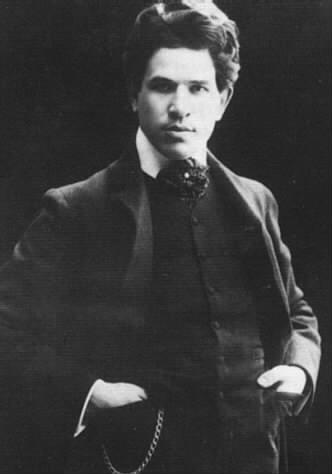Someday, I'm going to get my paragraphs on here to indent when I want them to and not just when they choose to be cooperative. Stinking technology.
---
Album: Brahms: 21 Hungarian Dances
Artist(s): Claudio Abbado,
Arkivmusic.com’s “on demand” service is a Godsend for serious collectors. Boasting around 5200 titles and adding new ones all the time, the service provides exact reproductions of long out-of-print CDs along with their original artwork and inserts. This Deutsche Grammophon recording has long been a favorite among listeners, and Arkivmusic was wise to license it for their catalogue.
Claudio Abbado’s conducting is relentlessly driven and immaculately executed. The Vienna Philharmonic, then as now, was arguably the best orchestra in the world, and they play perfectly. And of course, Abbado has long been known as a Brahms conductor.
Sounds like a winning combination! And in some of the more vigorous dances, Abbado’s approach does work extremely well. No. 1, for example, has just the right amount of snap, and is somewhat reminiscent of Toscanini’s 1953 recording (though without the latter’s trademark transparency). The famous No. 5 is suitably energetic and makes great use of dynamic contrast, albeit without a great deal of humor or variation in tempo. No. 10 leaps out at you like gangbusters, and it is here that Abbado really hits his stride—the tempo is so fast it’s almost funny. He apparently takes the presto marking very seriously, and the resulting frenzy is downright thrilling.
And yet, this album is only half successful. Recall that this music is largely based on Hungarian folk melodies—but Abbado’s conception lacks any sense of these origins. For comparison, take István Bogár’s reading of dance No. 3 on the
This is not to say that every dance must be infused with a self-aware rustic quaintness. No. 14, for example, was an original composition by Brahms and has a sufficiently urbane feel to fit Abbado’s less sentimental conception nicely. But even in the similarly “inauthentic” dance No. 11, Abbado falls short. The lovely Brahmsian melody is handled by Bogár with dignity, warmth, and an aching sense of melancholy. By comparison, Abbado’s reading is just that: a reading. Effective but unengaging.
And this is the general trend throughout the album. Abbado consistently turns in high-speed and technically excellent performances, with the orchestra heavily balanced in favor of the strings. The result is big-boned, driven, colorless, and often devoid of charm. In some cases, the phrases are so abruptly articulated that any sense of flow is lost, and rests begin to feel like short, grinding halts. In this regard, Abbado is the only conductor I know of who can take one of the world’s greatest orchestras and make Brahms sounds like musical chairs. And Deutsche Grammophon’s harsh 80’s sonics don’t help matters.
In short, Abbado has his good moments, but not enough of them to make the entire cycle a first choice. Unless you’re a fan of Abbado or particularly love technically-excellent orchestras, stick to Bogár’s idiomatic and dirt-cheap cycle with the Budapest Symphony Orchestra. He’s even Hungarian.
Rating: B

No comments:
Post a Comment